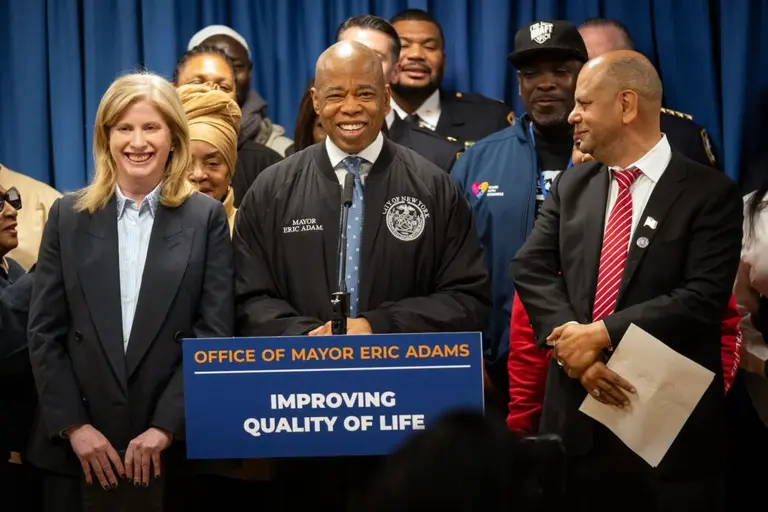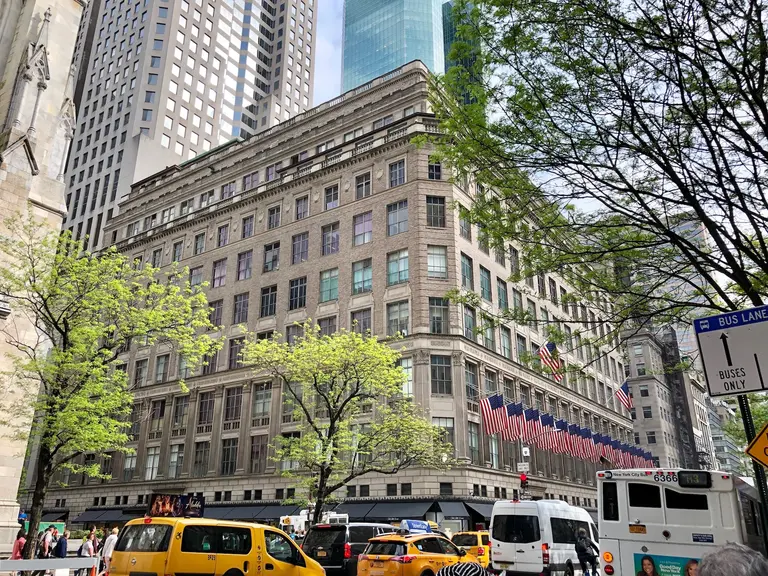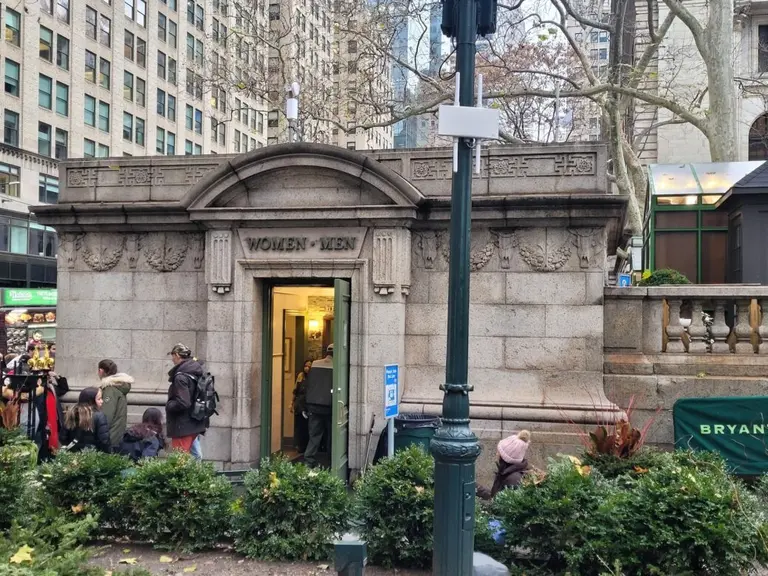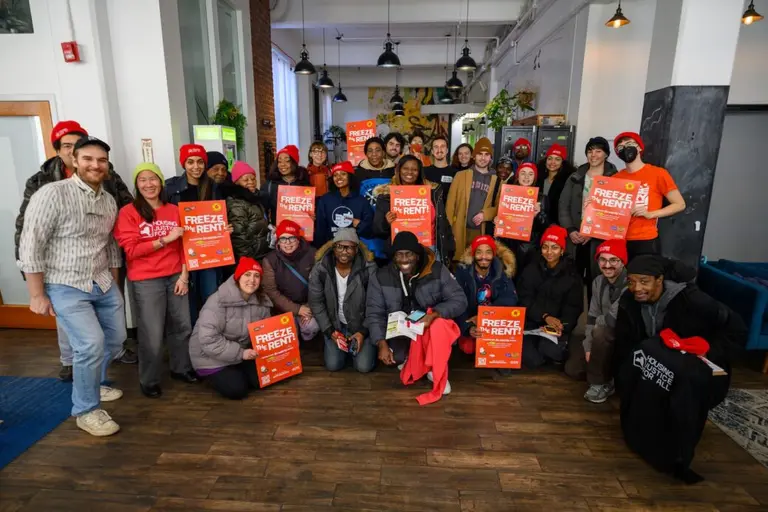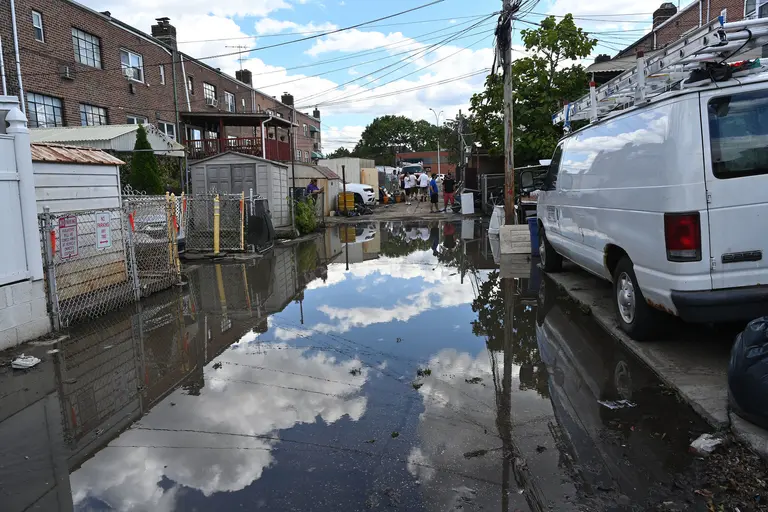NYC to install ‘bee hotels’ in 7 public plazas to protect at-risk pollinators

Photos courtesy of NYC Department of Transportation.
“Bee hotels” are coming soon to a public plaza near you. The city’s Department of Transportation (DOT) Commissioner Ydanis Rodriguez on Thursday announced the Pollinator Port Project, which will install habitats for at-risk native bee populations at seven public plazas and open streets, giving them a place for nourishment and allowing researchers from Rutgers University to analyze their use of the “bee bunkers” and how they travel across the city.
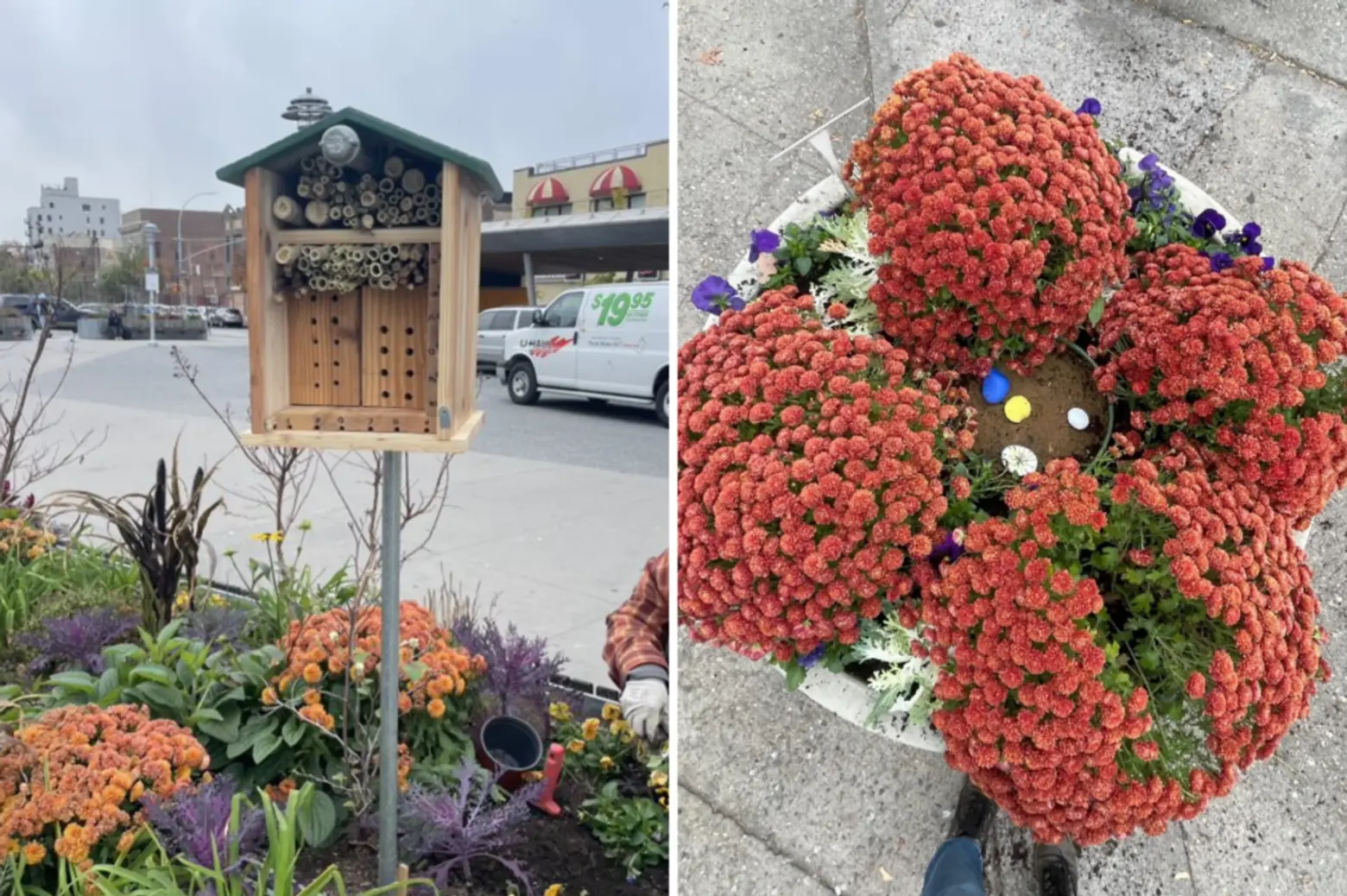
“The buzz is building: year after year, New York is becoming a better, friendlier city for native plants and animals– and in the process helping create a better, more sustainable future,” Deputy Mayor for Operations Meera Joshi said. “Bees are our friends, a key to literally sustaining life on this planet. The least we can do is to make our city welcoming to them, an urban environment full of color and biodiversity.”
Resembling birdhouses, the habitats are filled with natural materials like reeds and bamboo, serving as spaces for bees to nest their larvae and rest. Female bees, which deposit their eggs in the summer, are given a protected space to build their nests.
According to a 2022 report by the New York State Department of Environmental Conservation, anywhere from 38 percent to 60 percent of the state’s native pollinators were at risk due to declining populations. Pollinators play a vital role in maintaining the biodiversity of ecosystems.
Burrowing bees are known to stay close to their habitat and typically forage for food within three to four blocks of where they live. They are also mostly docile and rarely sting humans.
The habitats will be installed in planted areas in the following plazas and open streets:
- Fordham Plaza
- Parkside Plaza
- Cooper Square Plaza
- Quisqueya Plaza (Dyckman Plaza)
- Water Street (Staten Island)
- Gates Avenue
- 34th Avenue
Researchers from Rutgers will study the insects, marking them with safe, biodegradable colored spots to learn about their population size and movement between green spaces. The Horticultural Society of New York hosts an annual “Bee Jubilee” where New Yorkers volunteer to help identify marked bees to see where they travel.
“Through this work, we are creating living spaces for native bee pollinators in the city, including both flowers and appropriate nesting sites,” Dr. Kimberly N. Russell, undergraduate program director/associate professor of teaching at the Department of Ecology, Evolution and Natural Resources at Rutgers University said.
“Most bee species cannot live in hives, so we need to give them other materials to build their homes. The initial stages of this project have been about using science to design habitats – Bee Bunkers and Bee Barrels (with attached Bee Hotels) with the highest likelihood of success. Our hope is that these Pollinator Ports connect green spaces, giving bees the resources they need to move around the city and pollinate our flowers.”
RELATED:



